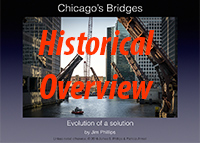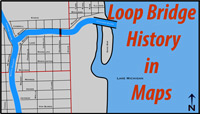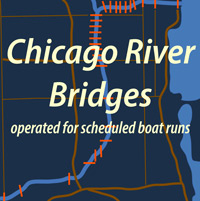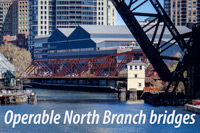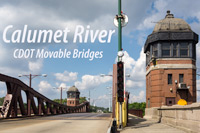Albert Baker
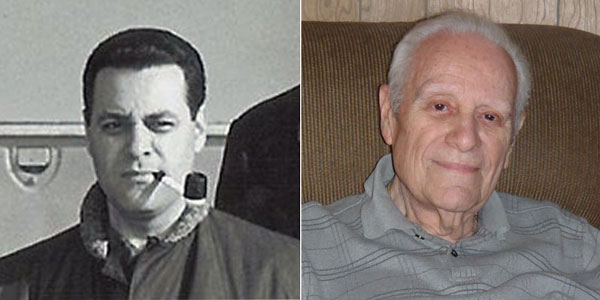
Al Baker in the mid 1960's and today.
I visited with Al Baker one afternoon in November 2012. The conversation was primarily about his engineering career, but touched on other events in his life.
Al Baker is a Chicago native. As part of the Crane Tech High school class of 1942, he and his classmates awaited their induction notices from the U.S. Army. Al had a slightly longer wait than some of the others because of a vision problem, but the call came and he was selected for “limited service” as a non-combat MP.
Through testing, the Army recognized some other talents in Al and he became part of the Army Specialized Training Program (ASTP) – an innovative program to develop a highly qualified group of individuals in engineering, medicine, dentistry, personnel psychology, and foreign languages. The goal of ASTP was to condense four years of course work to a year and a half. Al made it through one twelve week term before ASTP was terminated. The Battle of the Bulge at the end of 1944 led to the reassignment of the scholars in the ASTP to foxholes.
Al went to Europe and served in a service battery of the 8th Armored Artillery Division. He finished his service in Europe as part of the Army of Occupation in Munich where he also picked up a physics course – which much to his relief was accepted for transfer to the IIT curriculum (anyone who has transferred from one school to another can identify with this feeling of relief).
Upon his discharge, the Army administered a battery of tests that indicated a career in architecture or engineering would be a good fit for him. He completed his Civil Engineering degree, focusing on transportation, at IIT in 1949.
1949 was an excellent time to enter the transportation engineering job market as this was the beginning of the planning and design phase of the interstate highway system. Al was scheduled to start work for the Illinois Department of Public Works and Buildings, Division of Highways – now IDOT on June 13, 1949.
It turned out that there was another important event that delayed his first day at work. Al's son Jeff was born on that day. Al says that because there were about twenty other engineers starting that day, he “stood out” by being absent. He worked at IDOT for about 17 years.
At this time a major focus of IDOT was the planning, design, and construction of the Chicago metropolitan expressway system. Al served in the expressway unit. He worked on many projects – one of his favorites was the design of inverted sewer siphons which involved many elements of hydraulic design that he found interesting and satisfying. He was able to use this work as an exhibit for his Professional Engineering exam.
Al also worked as a right-of-way engineer. During the construction of the metropolitan expressway system, there were many existing structures that were destroyed to make room for the expressways. Al was involved in at least one instance where buildings in the path of the expressway were moved rather than destroyed. Bluebell Estates in Arlington Hts. had a number of brand-new homes that had been built just prior to the acquisition of the right of way. Citizens were allowed to bid on the house provided they paid the moving cost. For the lucky bidder, they could buy the house for about 15% of its appraised value. Even with the cost of moving the house, it provided a good deal for some families.
Baker's last position at IDOT was as the Office Engineer for the Deputy Chief Engineer, Roger Nusbaum. Al wryly said that one of his primary duties in this position was to hold his boss's hat at ribbon cutting ceremonies.
In 1966, Baker moved to the Chicago Public Works department – predecessor to today's CDOT. His good friend, Marshall Suloway (whom he worked with at IDOT), recruited him to be Chief Transportation Engineer. In his wry way, he says he “jumped at the chance to be head of something.”
During his tenure with the city, he was part of several major projects in Chicago. These included the Illinois Central Air Rights project (the realignment of Lake Shore Drive, design and construction of the multi layer street system in the area now known as the New East Side, and the Columbus Drive bridge) and the project which moved the CTA Blue Line to the median of the Kennedy Expressway. After about twenty years with the city, he retired as the Assistant Chief Engineer at the Bureau Of Engineering.
Al is a humble, good-natured man with a wry sense of humor. He made it clear that he was a member of a team of talented engineers that designed the major transportation projects in the Chicago area over almost four decades. He has a right to be proud of the accomplishments made in his career and we appreciate the good work of his generation of engineers.
Albert Baker passed away at age 94 in Febraury 2019.

